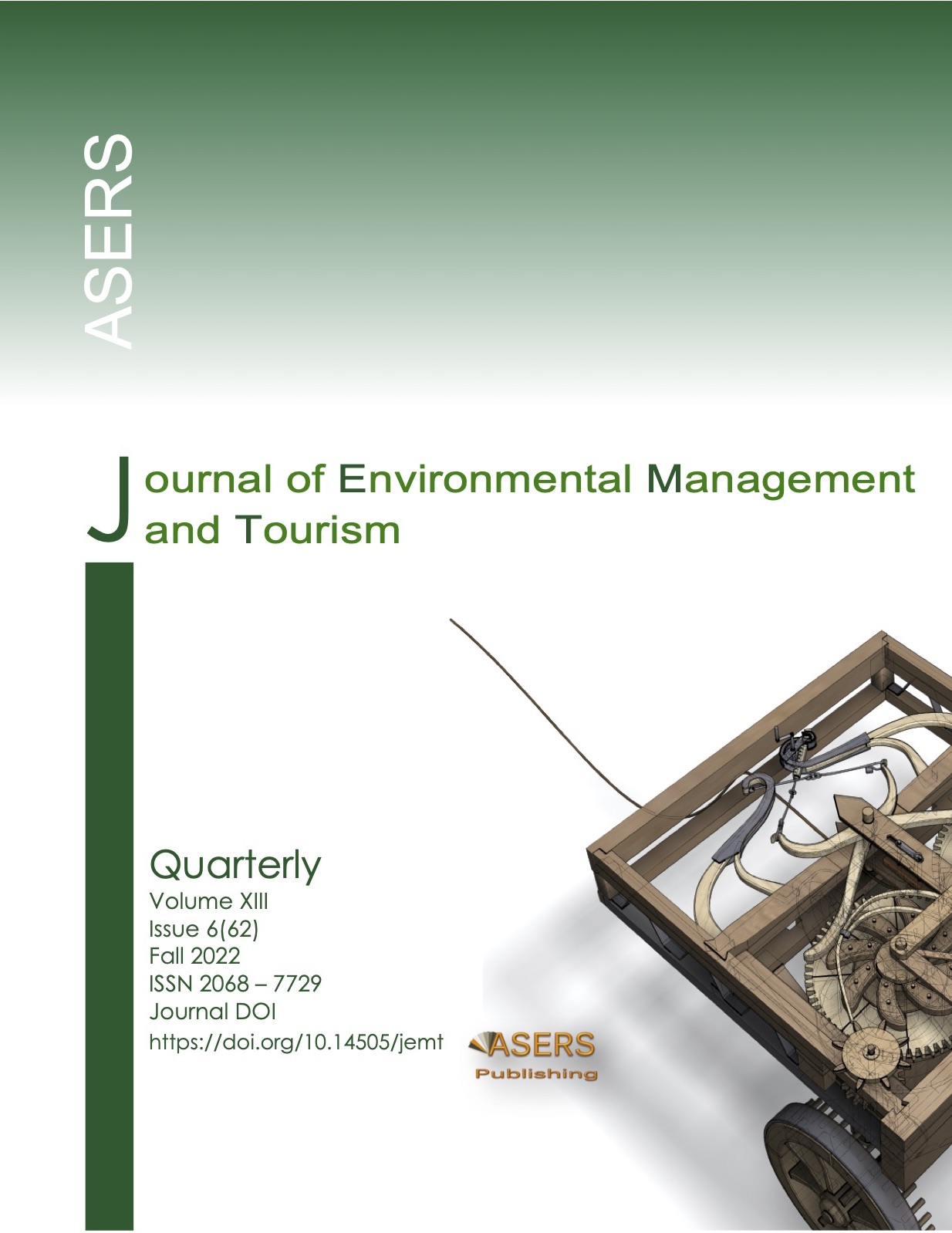Interpersonal Communication Between Sign Language Interpreters as Tour Guides and Deaf Tourists in Indonesia
Interpersonal Communication Between Sign Language Interpreters as Tour Guides and Deaf Tourists in Indonesia
Author(s): Farid Hamid Umarella, Endri Listiani, Ahmad Mulyana, Endri EndriSubject(s): National Economy, Communication studies, Health and medicine and law, Tourism
Published by: ASERS Publishing
Keywords: tour guide; sign language interpreter; deaf tourist;
Summary/Abstract: The purpose of this study was to determine the process and communication barriers between tour guides and deaf tourists and the motives behind them becoming special guides for deaf tourists. This research used the theory of communication patterns, interpersonal communication, communication for deaf people, and tour guide. The method used in this research was the constructivism paradigm with a qualitative research approach. This research used the case study research method. The research subjects were ten sign language interpreters as tour guides domiciled in Jakarta. The results showed that the communication pattern between "heard" or "deaf" tour guides with "deaf" tourists needed to start with vocabulary adjustments - decoding and encoding - because the sign language that developed in each tourist area of origin was different. After adjusting the vocabulary, the interpersonal communication pattern could be circular or two-way. The motives to become a tour guide as deaf tourists were divided into three: the motive of knowledge, the motive of the social network, and sign language attraction. Meanwhile, communication barriers during the tour guiding process were differences in vocabulary, lack of international signaling skills, and English ability.
Journal: Journal of Environmental Management and Tourism (JEMT)
- Issue Year: XIII/2022
- Issue No: 6(62)
- Page Range: 1637-1645
- Page Count: 9
- Language: English
- Content File-PDF

